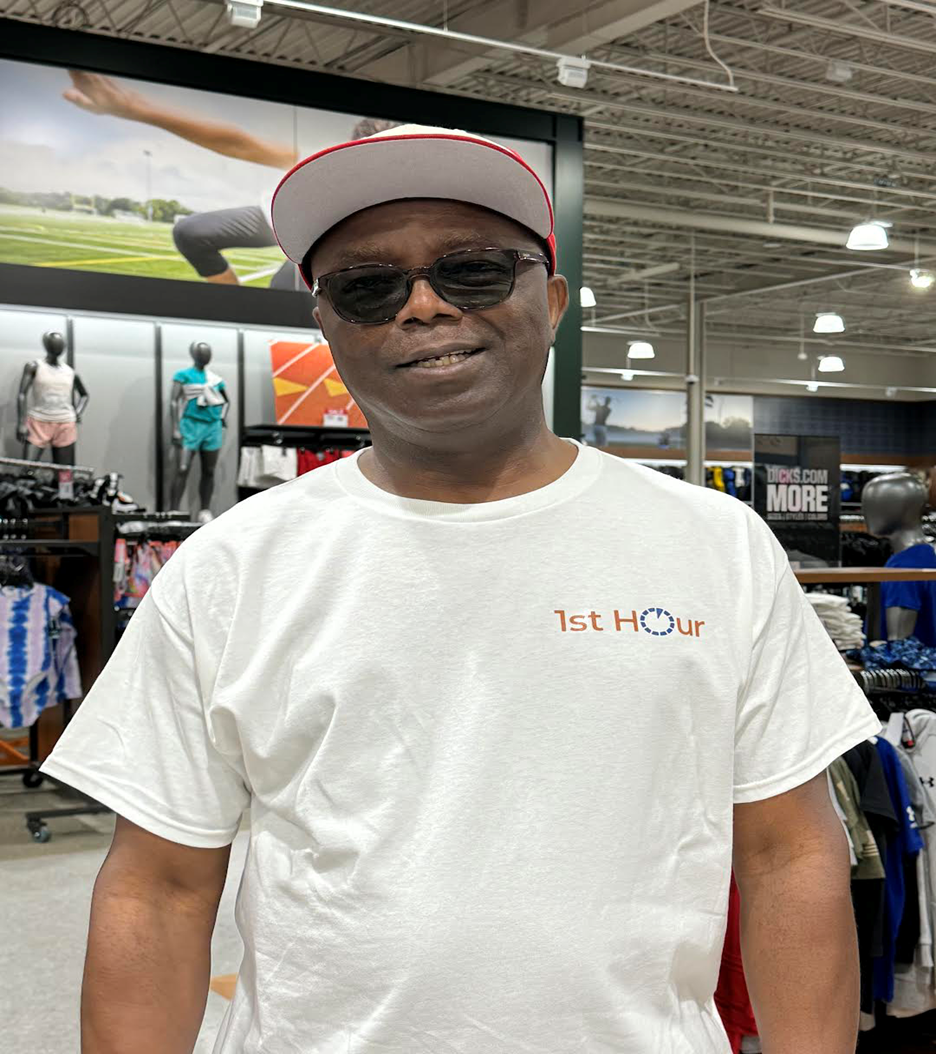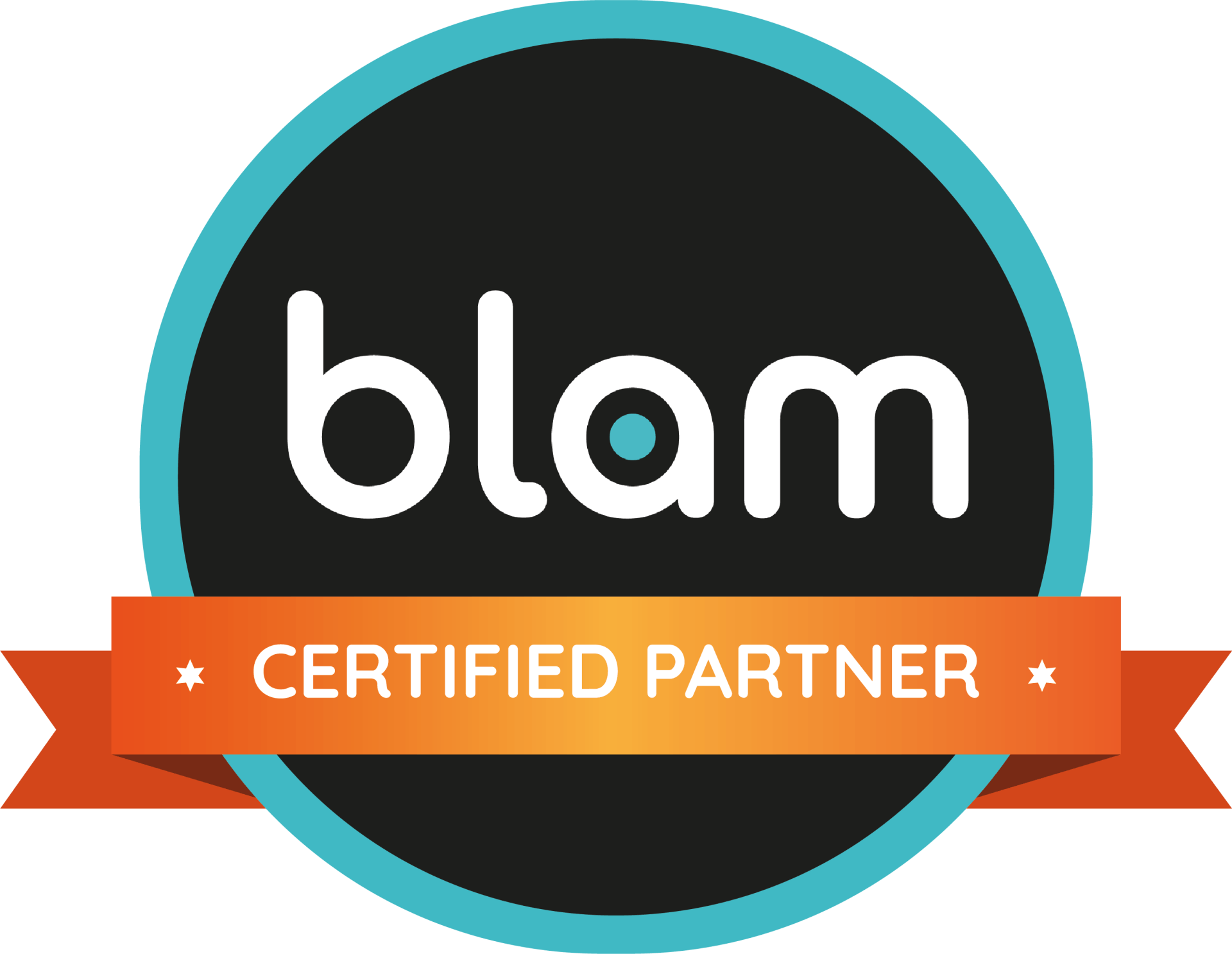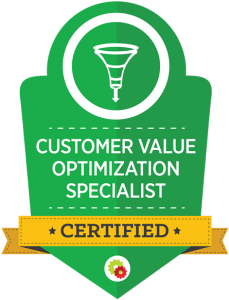A Guide to Building Effective Avatars for Your Target Audiences
Introduction
In today’s competitive market, understanding your audience is more crucial than ever. According to a study by Salesforce, 66% of customers expect companies to understand their unique needs, preferences and expectations. Creating a detailed fictional character that represents your ideal target audience, known as an Ideal Customer Avatar (ICA), can be a transformative marketing strategy.
An ICA helps your business visualize, relate to, and empathize with your target customers’ needs, fears, pain points, challenges, desires, expectations and aspirations.
Why Create an Ideal Customer Avatar?

An ICA allows you to get into the heads and hearts of your ideal customers. This understanding can help drive engagement, encourage repeat business, build loyalty, and generate positive referrals and feedback. At its core, marketing is about delivering the right message to the right person at the right time and place.
10 Step-by-Step Guide to Building Your Ideal Customer Avatar
1. Define Your Ideal Customer Goals and Values
- What does your customer want to achieve and why is this important?
- What are their personal or business objectives and expected outcomes?
- What means are currently available to them?
2. Understand Your Market
- Analyze the market landscape, including existing gaps and opportunities for differentiation, specialization, growth and expansion.
3. Analyze Your Competitors.
- Regularly review your competitors to identify the strategic gaps in their products or services and, opportunities for differentiation.
- Capitalize on your unique strengths and, go from there.
4. Gather Customer Demographic Information
- Identify your audience’s name, gender, age, marital status, number of children, location, occupation, job title, income and education level.
- What quotes, anecdotes or phrases do they commonly use to characterize what’s important to them?
- How do these best illustrate or underscore their basic needs, desires and preferences?
5. Understand Your Customer Psychographics
- What are your customers’ values, attitudes, personality, lifestyle, social class, opinions, beliefs and motivations?
- What makes them happy, sad or angry?
- Describe their average day: routines, hobbies and interests.
- Which of their primary struggles are related to your expertise or industry niche?
- How and where do they spend their free time?
6. Identify Customer Challenges, Fears & Pain Points
- Speak directly to the challenges, fears and pain points that your customers face.
- What questions are going on in their heads that you potentially have answers to?
- List their expressed and unexpressed challenges, pain points and fears.
7. Understand Their Objections and Roles in the Purchase Process
- Why might a prospect customer choose to not engage with you; your product or service?
- What can you learn from their objections that can improve the quality of your product and service?
- What are their buying habits and brand loyalty?
- Are they the primary decision-maker in the purchase process or merely an advocate or influencer?
8. Find Their Preferred Sources of Information
- Identify relevant topics, resonant language, voice, tone, and messaging strategies.
- What books, magazines, blogs, websites, podcasts, conferences, or trade shows do they engage with?
- Where do they spend time on social media? Do they have a go-to familiar media platform?
- Who are the gurus, idols and game changers that they follow on social media?
- What can you learn from this affiliation?
9. Conduct Your Research – Survey and Interview Ideal Customers
- There is no substitute for speaking with your ideal customers. Speak directly with your existing customers about their actual or perceived needs; their challenges, goals, and how you can best meet and exceed their desires.
10. Create Multiple Avatars for Each Target Market Segment
- In the healthcare sector, for instance, target specific segments such as dental health practices, physical therapy centers, mental health services, home healthcare, healthcare IT, telemedicine companies, home health and hospice care and, assisted living facilities.
- Each segment has its own distinct goals, pain points, and information sources. Treat them as such and, capture as much information as you can about your ideal customer avatar.
Conclusion
Creating an effective ideal customer avatar involves identifying your customer’s goals and values, challenges, fears and pain points. Understand their demographic and psychographic information, their preferred sources of information, reasons for objections, and their roles in the purchase process. Conduct thorough research by surveying and/or interviewing your ideal customers to gain firsthand insights into their needs, pain points and aspirations. Connecting with your ICA allows for more effective engagement and may signal higher conversion rates, business growth, and professional recognition.
Ready to create your Ideal Customer Avatar (ICA)? Contact 1st Hour today to get started with building a deeper connection with your target audience. Take the first step:

Contact Us
- 📞 Call: 774 719 4647
- 📧 Email: Barry@1stHour.online
- 🌐 Visit:
www.1stHour.online
Special Offer:
Download our Free 73-Audit and schedule a Free Consultation.
1st Hour Services:
• AI-powered professional websites.
• Search Engine Optimization (SEO).
• Mobile app development.
• Content creation.
• Brand image and Reputation management.
• Social media management.
Barry Eneh

Co-founder
Barry is a health enthusiast and co-founder of 1st Hour, a Boston-based, marketing and technology company established in 2023.
At 1st Hour, we harness our unique expertise as clinicians and operations specialists to empower small and medium-sized businesses. Our innovative solutions in website design, content creation, SEO, app development, social media marketing, and brand management forge impactful connections with your target audience. With a focus on affordability, we drive unparalleled engagement and growth. Our mission is to connect businesses with key audiences and those most likely to benefit from their brand promise and expertise.
Experience
- Founding Director of APNO-USA Health Service Group.
- Healthcare leader at VA.
- Over 20 years of experience in healthcare operations and clinical practice at private and public healthcare systems.
Education
- MSC in Integrated Marketing Communications, Franklin University.
- MPH in Public Health Management, Wright State University.
- PhD in Healthcare Administration, Walden University.




